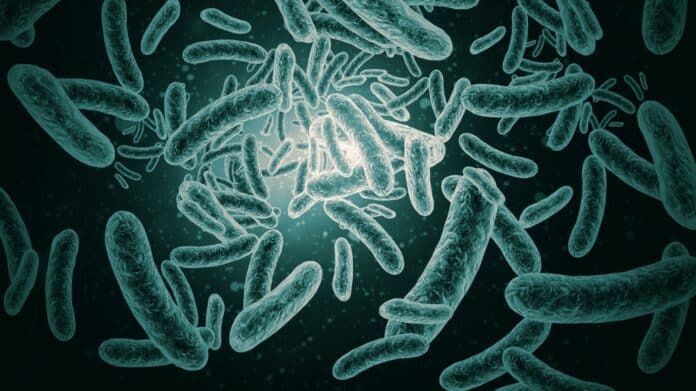The keto diet, known for weight loss, also helps control seizures in kids with epilepsy. A UCLA study shows it changes the gut bacteria, protecting mice from seizures. Understanding these changes may lead to new therapies without some diet drawbacks.
The keto diet isn’t the first choice for seizures due to strict rules and side effects. To help those not responding to medications, Lum explores the diet‘s impact on the gut microbiome for better treatments.
Hsiao’s lab found that the keto diet reduces seizures in mice. Lum went further, studying the diet’s effect on gut bacteria in kids with epilepsy. He transplanted fecal samples from keto diet patients into mice. Results showed that mice getting pieces after a month on the diet were more resistant to seizures than those getting samples before starting the diet.
The study discovered that the keto diet changed essential gut functions in kids with epilepsy. These changes, related to fatty acids and amino acids, remained when transplanted into mice. Although more research is needed, this study is a promising step toward developing new gut-based therapies for pediatric epilepsy patients who don’t respond to regular seizure medications.
Lum said, “Narrowing down the functions of the microbes that are beneficial toward seizure protection can potentially lead to new ways to enhance the efficacy of the ketogenic diet or to mimic its beneficial effects.”
In conclusion, this study sheds light on the protective role of the ketogenic diet against epileptic seizures. It emphasizes the potential for future microbiome-based therapies in addressing the needs of pediatric epilepsy patients resistant to conventional medications.
Journal reference:
- Gregory R. Lum, Sung Min Ha, et al., Ketogenic diet therapy for pediatric epilepsy is associated with alterations in the human gut microbiome that confer seizure resistance in mice. Cell Reports. DOI: 10.1016/j.celrep.2023.113521.
